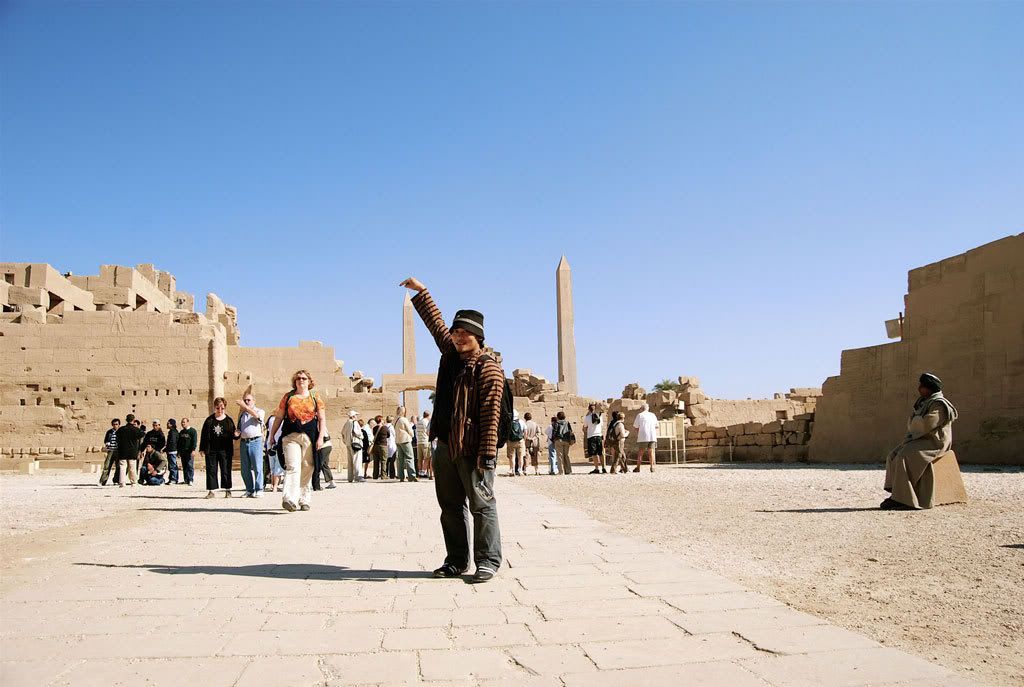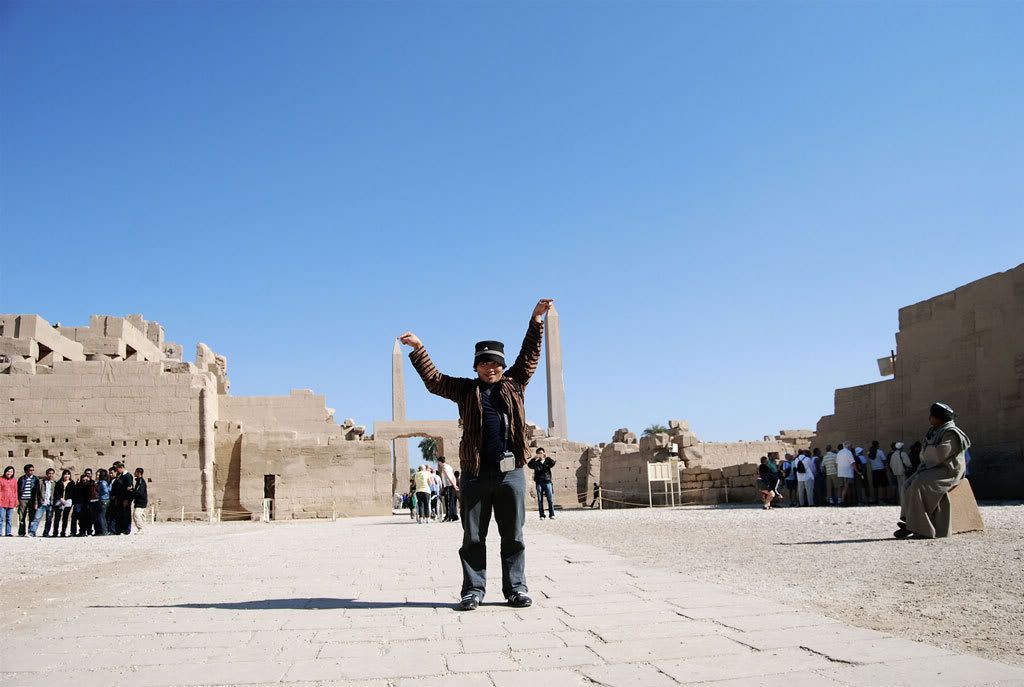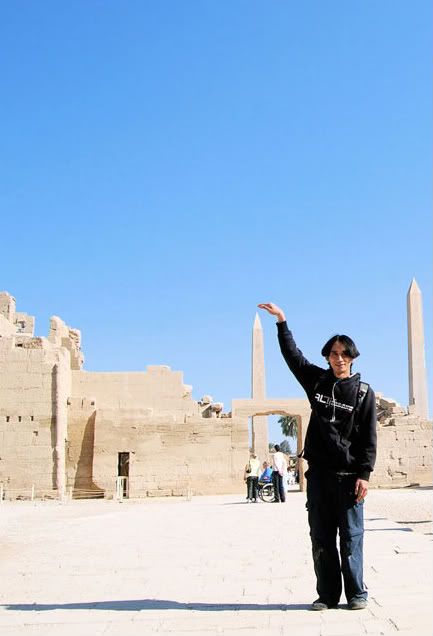Karnak Temple

This great Temple of Amon Ra was known during the Middle Kingdom period as Ipt-Swt, which means the Selected Spot. It was also called Pr-Imn, which means the House of Amon. The name Al-Karnak in Arabic was derived from Karnak, which means fortified village, probably because the Arabs found many Temples and buildings in the area when they entered it for first time. On your way towards the entrance you will find a ram-headed avenue of Sphinxes, which was built to protect the Temple. There are 20 rams on each side, extending from the small harbour to the 1st Pylon, which was built during the time of King Nektanebo I (30th Dynasty). As you cross this pylon, it takes you into an Open court, whose dimensions are100m long by 80m wide, built during the 22nd Dynasty, and containing rows of bud papyrus columns.


















































0 Comments:
Post a Comment
<< Home